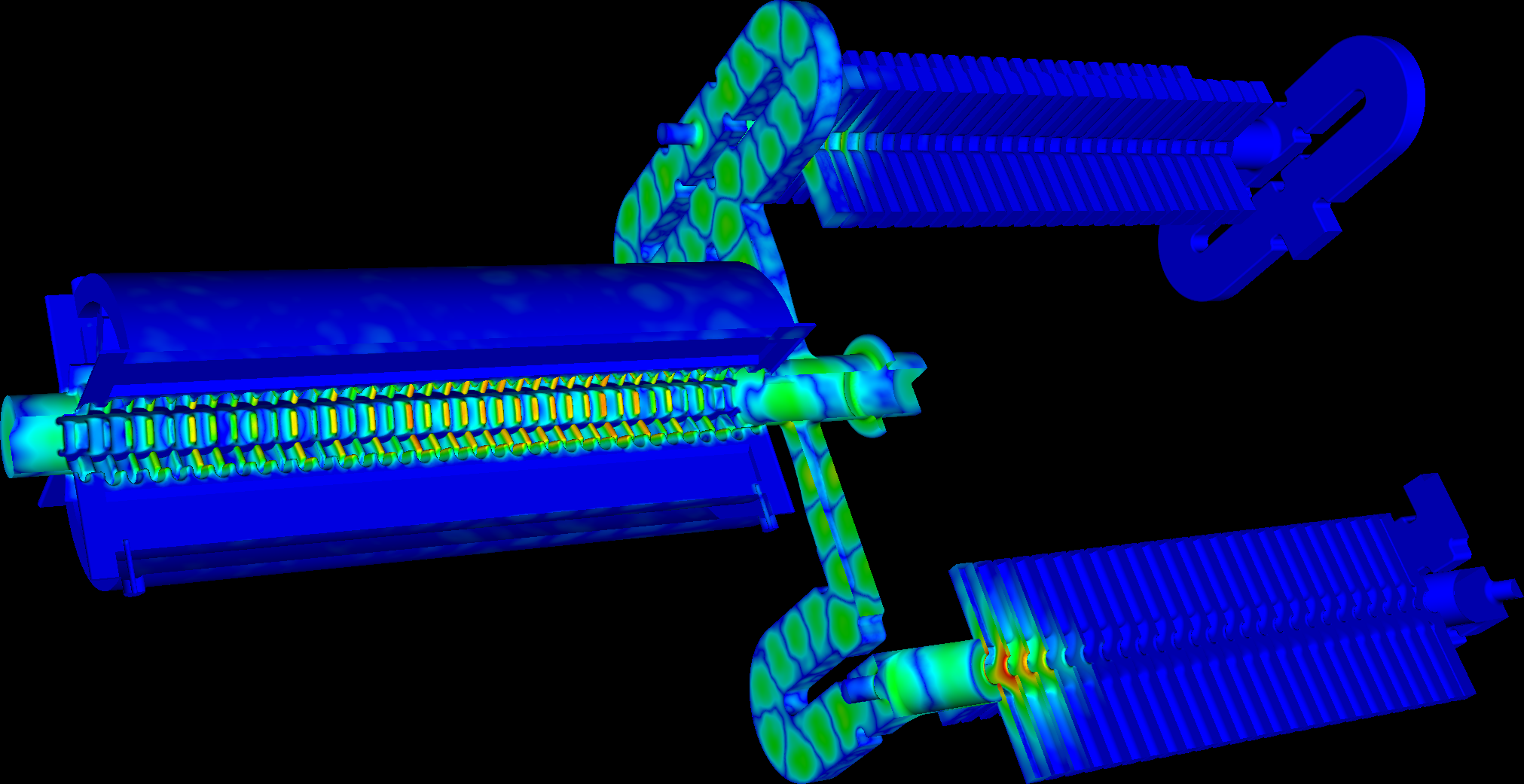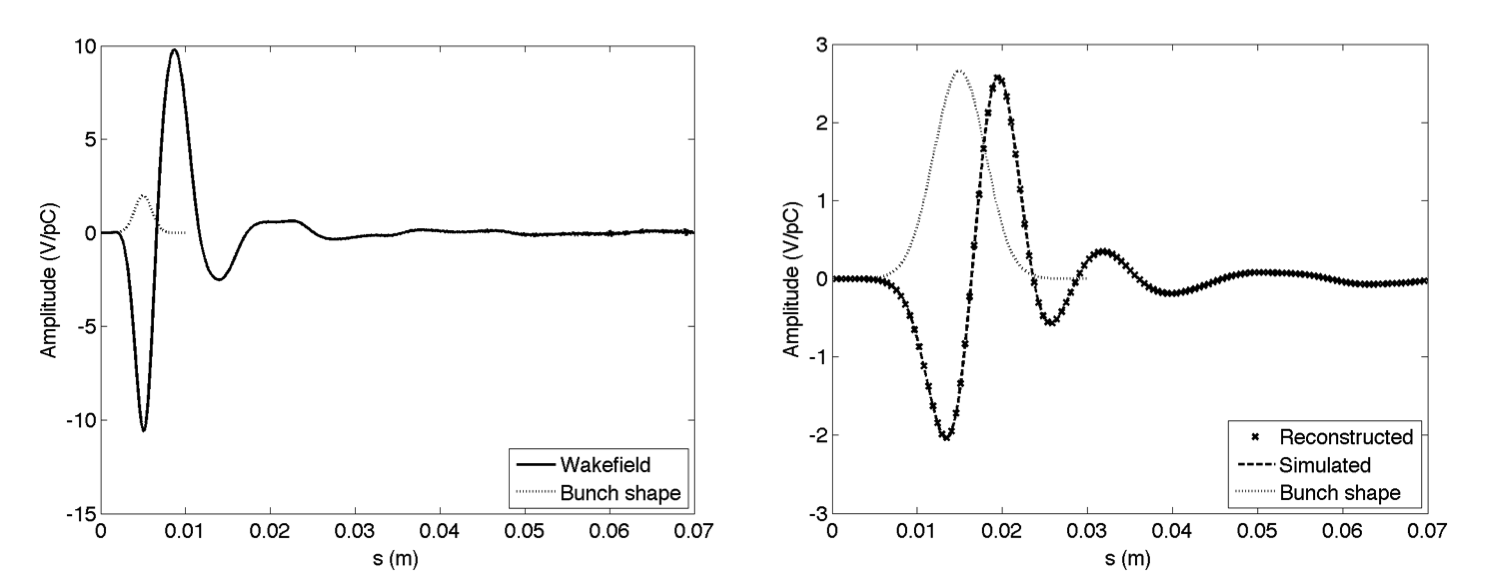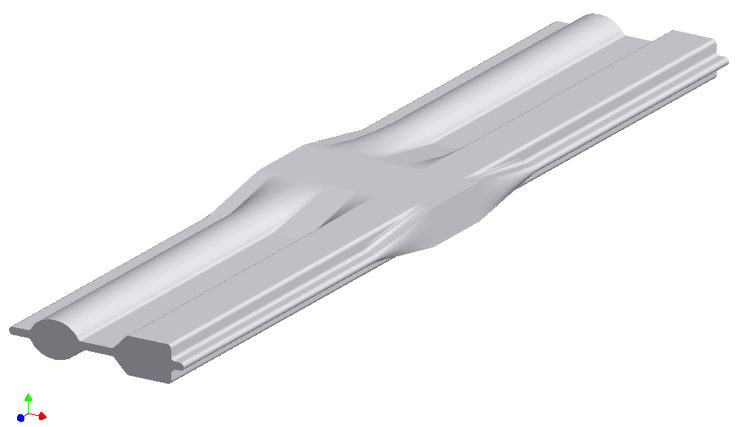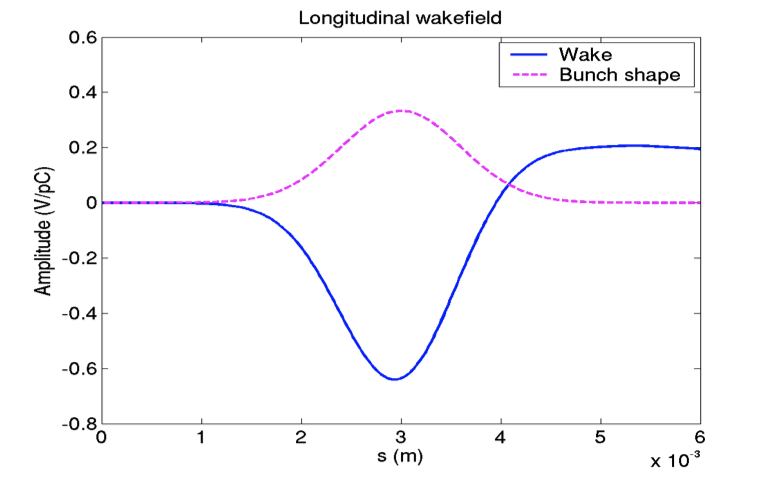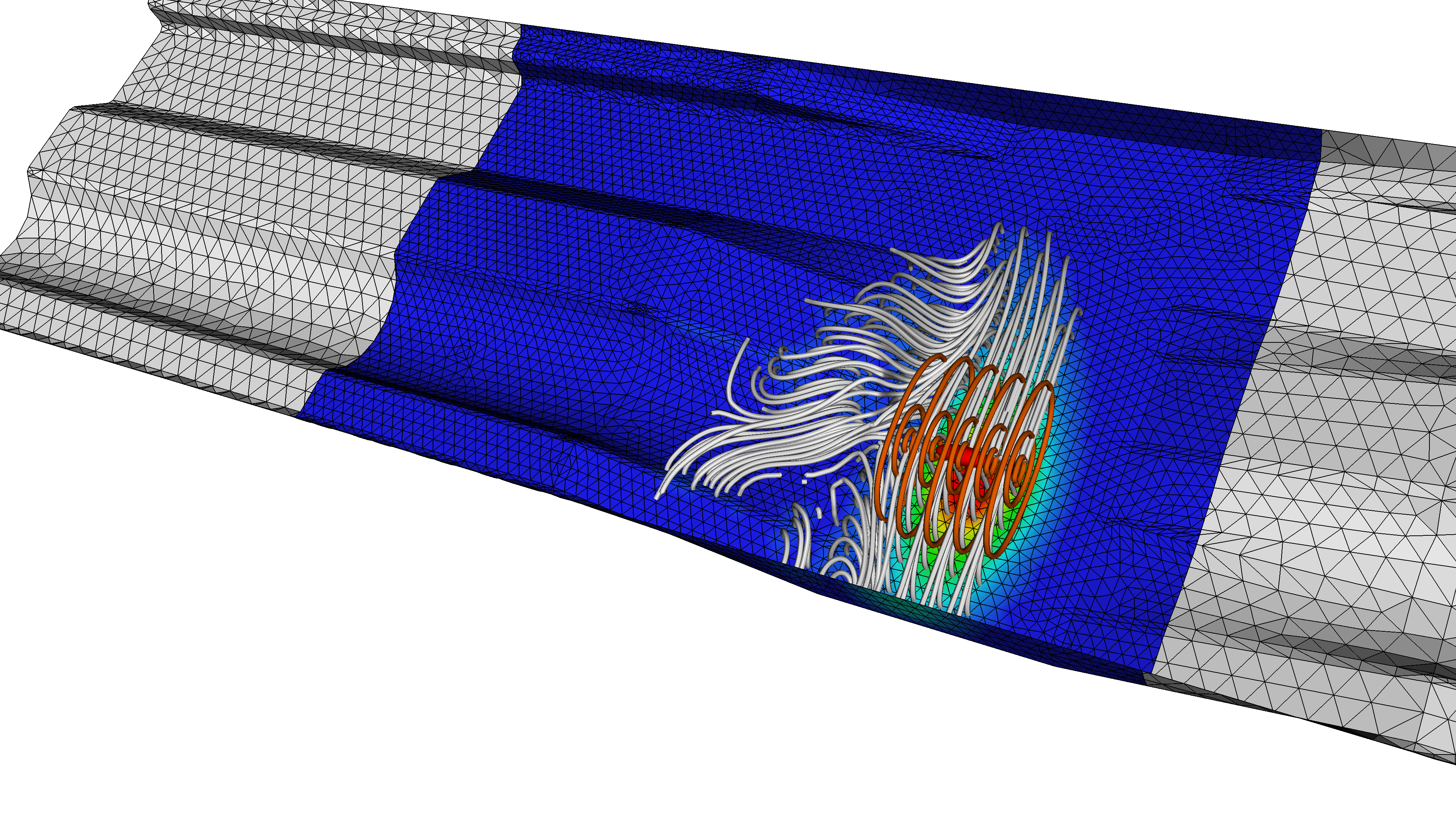FY2009
Introduction
This INCITE project started in 2008 with 4.5 million hours. In 2009 we were awarded 8,000,000 Processor Hours on Cray XTs at Oak Ridge National Laboratory to carry out the simulations for possible future linear colliders such as International Linear Collider and Compact Linear Collider.
Brief 2009 Plan
Three main tasks for FY09 have been outlined in the original proposal. The first task is to evaluate the heat load on cavity interconnects from power generated from the transit of a beam in a multi-cavity structure including cross-talk effects between cavities. The second task is to simulate wakefield effects in a multi-cryomodule RF unit with an ideal shape. The third task is to determine the effect of Lorentz force detuning through the multi-physics analysis of the ILC cavities.
We will carry out the first task as planned. We will revise the second to simulate the wakefields in cryomodules including shape deformations and cavity misalignments. It has been shown that from measurements that these effects have significant impacts on cavity performance and beam quality. Simulation will help cavity builders to determine the requirements on quality control during the fabrication process so that the cavity will perform as expected. On the third task, we have already studied the effect of Lorentz force detuning on cavity performance using our multi-physics
analysis code TEM3P in this allocation year.
In addition to the tasks proposed for the ILC, we will perform simulations to help explore high-gradient concepts such as the Compact Linear Collider (CLIC) proposed by CERN. In particular we will apply the SciDAC electromagnetic codes to design and optimize the CLIC Power Extraction and Transfer Structure (PETS) to further develop CLIC's two beam acceleration scheme. The PETS involves a LARGE complex 3D design that can only be modeled accurately using INCITE-scale resources.
Reports and Results
You can find talks, reports, papers and summaries for 2008 here
For 2009:
You may find more past accomplishments Omega3P Past Accomplishments, ILC Simulations, and https://mpi.slac.stanford.edu:8443/ext/index.php/T3P here.
Highlights
- Identifying the cause of Beam Breakup (BBU) instabilities in a CEBAF acclerator upgrade
- Jlab-BBU.pdf is a brief document to explain the significance of the work.
- Jlab-BBU-slide.pdf is one slide to show the accomplishment
- ComPASS_Letter_6-09.pdf is an appreciation letter from Jlab for the work
Latest Results
- The following is a snapshot of the electric fields in a coupled PETS and accelerating structures in two-beam module for Compact Linear Collider (CLIC). A more detailed studies are in the process.
- PETS.mov movie for the wakefield study of the Power Extraction and Transfer Structure (PETS) in CLIC.
- A choke.mov movie for optimizing a Choke cavity (high-gradient concept).
- here is the link to a movie of the coupled PETS and a accelerating structure in MovieCoupledOutro.mov.
FY2010
Reports
Please find powerpoint version of the reports in the following:
Highlights
We developed a novel moving window technique for finite element methods using unstructured meshes to calculate the wakefield due to ultra-short beam bunches. A research paper has been submitted to a computing journal. Here we listed applications of this technique in designing accelerator structures.
PEP-X Undulator Taper
PEP-X is a proposed future X-ray light source. In designing PEP-X short range wakefield due to 0.5mm bunches need to be evaluated in an 300 meter long Undulator Taper structure as shown below.
Wakefields of Undulator Taper with a 0.5mm bunch is calculated with 6000 cores and 12 hours. It used 0.25 mm mesh element size with 19 million quadratic tetrahedral elements for the whole geometry. The left hand side is the wakefield due to a 0.5 mm bunch while the right hand side is the comparison between the reconstructed wakefields of a 3 mm bunch from the wakefields of 0.5 mm bunch and the calculated wakefields for a 3 mm bunch. The comparison shows that they are in a remarkable agreement.
PEP-X Wiggler Taper
The wiggler taper in PEP-X is more than 3 times longer than the undulator taper, as shown below.
Wakefields of a 1 mm bunch is calculated and plotted below, as well as the comparison of simulated and reconstructed wakefeilds of a 3 mm bunch.
ERL Vacuum Chamber
Energy Recovery Linac is a proposed novel concept for X-ray sources comparing to XFEL. Working with scientists from Cornell University, we are making impacts on the ERL design with extreme-scale computing. The following is the brief report for calculating short-range wakefield in ERL vacuum chamber with 18000 cores on Jaguar using our INCITE allocation. The left shows the geometry of the vacuum chamber and the right shows the longitudinal wakefield due to a 0.6mm beam bunch.
Here are three versions of the movies with different sizes:
480p movie
720p movie
1080p movie
Latest Results
The following is a snapshot of the electromagnetic fields in a ERL vacuum chamber, obtaining from calculating short-range wakefields due to a 0.6mm bunch using hp-refinement.
Related Publications
If you need more information, please contact Lie-Quan Lee by email at liequan@slac.stanford.edu or by phone at 650-926-5356.
